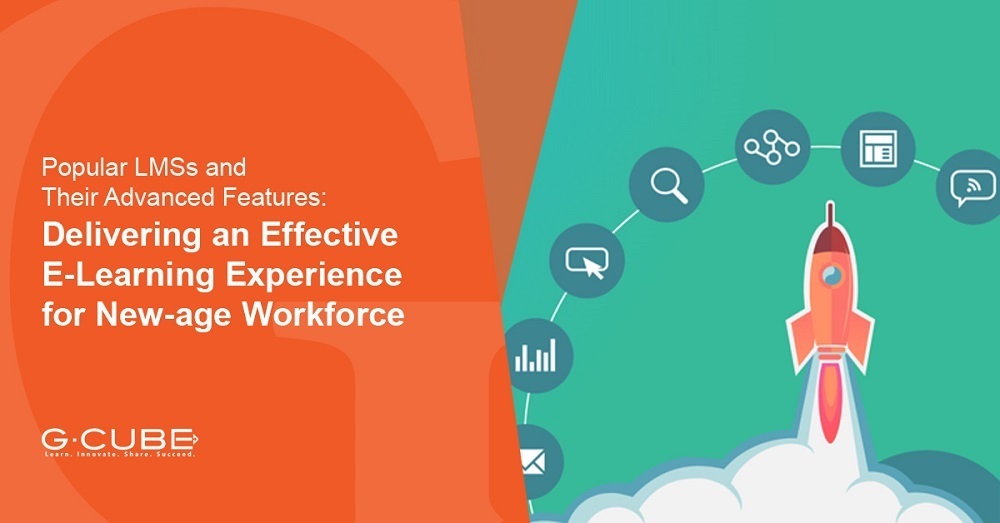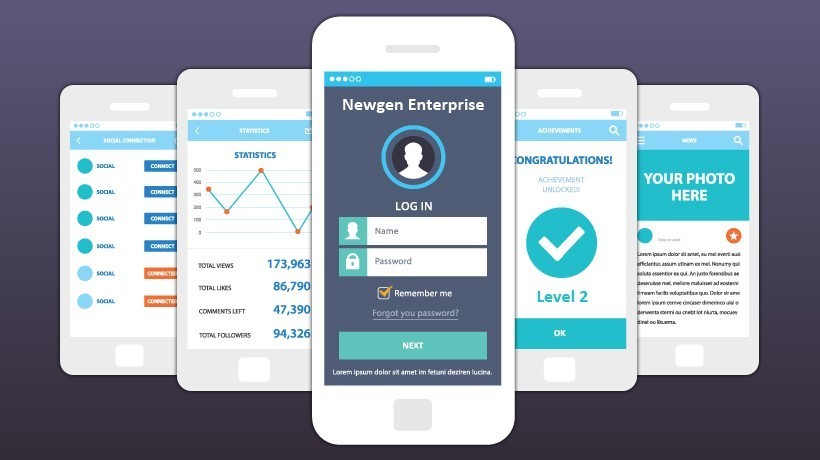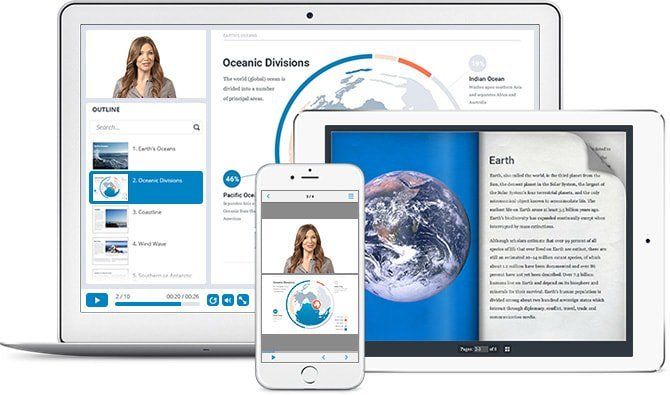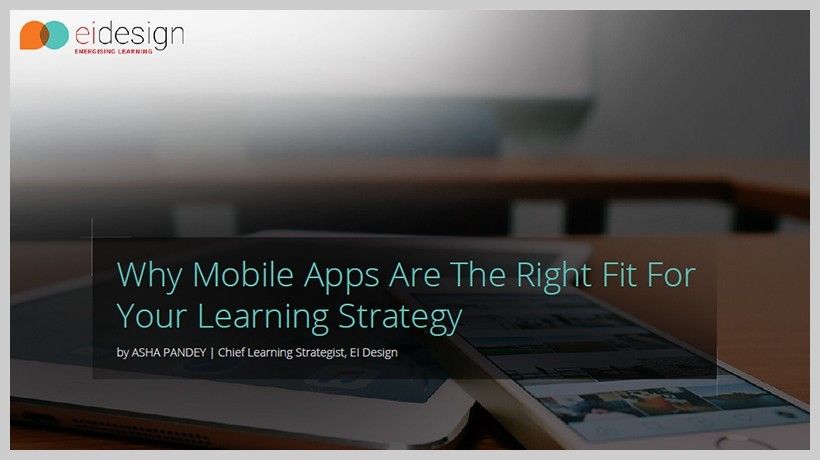Search for...
#mobile learning Bookmarks
Published Bookmarks
 Utilizing Popular LMSs For Retail Sector
Utilizing Popular LMSs For Retail Sector
Mobile technology is evolving for all popular LMSs utilized by the corporate sector. For all industries, it becomes imperative to impart LMS eLearning solutions.
Why Companies Should Embrace a Mobile Learning Management System - ProProfs
The advent of digital media and smartphones have contributed towards breaking new grounds for the entire education and training sector.
 Unlock The Value Of Responsive eLearning In The Workplace - eLearning Industry
Unlock The Value Of Responsive eLearning In The Workplace - eLearning Industry
Want to know about Responsive eLearning In The Workplace? Check why you need to unlock the value of Responsive eLearning In The Workplace.
 5 Ways Mobile Learning Improves Corporate Training - eLearning Industry
5 Ways Mobile Learning Improves Corporate Training - eLearning Industry
eLearning offers enriched training experiences to the learners and opens a plethora of options for them to attain business objectives. The prime goal of mobile learning is to facilitate learning and improve the learners’ performance matrix.
 5 Most Common Questions About Learning Apps - Newgen Enterprise
5 Most Common Questions About Learning Apps - Newgen Enterprise
Learning apps definitely are the kind of medium that will appeal to modern learners. What is the difference between eLearning and learning apps? Do we need mLearning or a learning app?
 Waving Goodbye to Flash!
Waving Goodbye to Flash!
HTML5 is suitable for mobile devices and has other serious advantages, and we’ve rounded up the important details on why we’re completely switching to this format.
 How To Modernize eLearning For Mobile Adoption - eLearning Industry
How To Modernize eLearning For Mobile Adoption - eLearning Industry
The number 1 reason companies want eLearning modernization is for mobile learning (mLearning) compatibility, but if you want to modernize eLearning for mobile you need to know it takes more than just changing formats. The Instructional Design itself must be modernized for the characteristics of the mobile learner.
 Mobility And Offline Learner Management - eLearning Industry
Mobility And Offline Learner Management - eLearning Industry
Surely, the advent of LMSs should have solved all learner management problems, right? Well, almost. Organizations that have a remote workforce or a workforce that is on the move face some interesting new problems, from access to resources to tracking offline learning path completion.
 Top Tips On Best Device Decisions For Planning Successful Mobile Learning Projects - eLearning Industry
Top Tips On Best Device Decisions For Planning Successful Mobile Learning Projects - eLearning Industry
Are you eager to make use of the benefits of mobile for learning but not certain how to start? This article will outline the top tips for how to tackle those tough first decisions so that you and your team can make the best plans and preparations for successful mobile training projects.
 Mobile Apps For Learning: Free eBook - Why Mobile Apps Are The Right Fit For Your Learning Strategy - eLearning Industry
Mobile Apps For Learning: Free eBook - Why Mobile Apps Are The Right Fit For Your Learning Strategy - eLearning Industry
This free eBook Why Mobile Apps Are The Right Fit For Your Learning Strategy provides pointers on how you can use mobile apps for learning to step up your learner engagement quotient and application of the acquired learning on the job.
Submit Bookmark





